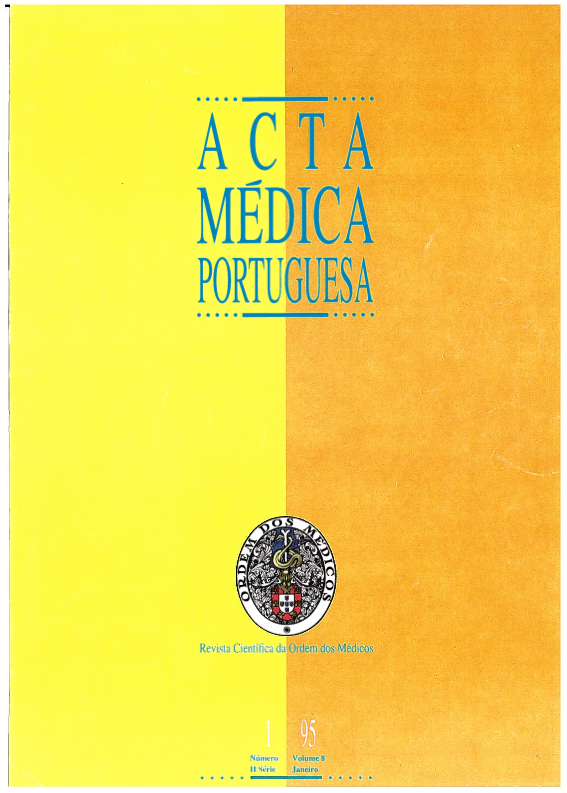New antiepileptic medications.
DOI:
https://doi.org/10.20344/amp.2654Abstract
Progress made in the development of new antiepileptics (AEs) is justified by the high percentage of refractory patients to the available medical therapy (25%), although only a minority of cases are deemed suitable for surgical therapy. Yet, the ideal AE, that is, with a well-known mechanism of action, effective in monotherapy for all epileptic fits, with a perfect pharmacokinetic profile, with no adverse or teratogenic effects, with no drug interactions and available under many formulations, is far from being developed. The new AEs arise either from modification of already marked drug molecules or clinical formulations or from the effectiveness on the excitatory/inhibitory balance of the major neurotransmitters involved in the pathogenesis of seizures, the gamma-amino-butyric acid (GABA) as the inhibitory, and the glutamate (GLU) as the excitatory one. However, the mechanism remains unknown in a few of them. Those new AEs already marketed in Portugal (Vigabatrin), soon to be (Lamotrigine, Oxcarbazepine) or available abroad only (Gabapentin, Zonisamide) are review with special emphasis on their pharmacokinetic profile, side effects, interaction with other AEs, and clinical use. In conclusion, these new drugs have brought a very important advancement in the management of refractory patients, but the development of well-designed comparative trials involving both monotherapy and polytherapy has become important in order to develop useful strategies in the drug management of epilepsy.Downloads
Downloads
How to Cite
Issue
Section
License
All the articles published in the AMP are open access and comply with the requirements of funding agencies or academic institutions. The AMP is governed by the terms of the Creative Commons ‘Attribution – Non-Commercial Use - (CC-BY-NC)’ license, regarding the use by third parties.
It is the author’s responsibility to obtain approval for the reproduction of figures, tables, etc. from other publications.
Upon acceptance of an article for publication, the authors will be asked to complete the ICMJE “Copyright Liability and Copyright Sharing Statement “(http://www.actamedicaportuguesa.com/info/AMP-NormasPublicacao.pdf) and the “Declaration of Potential Conflicts of Interest” (http:// www.icmje.org/conflicts-of-interest). An e-mail will be sent to the corresponding author to acknowledge receipt of the manuscript.
After publication, the authors are authorised to make their articles available in repositories of their institutions of origin, as long as they always mention where they were published and according to the Creative Commons license.









